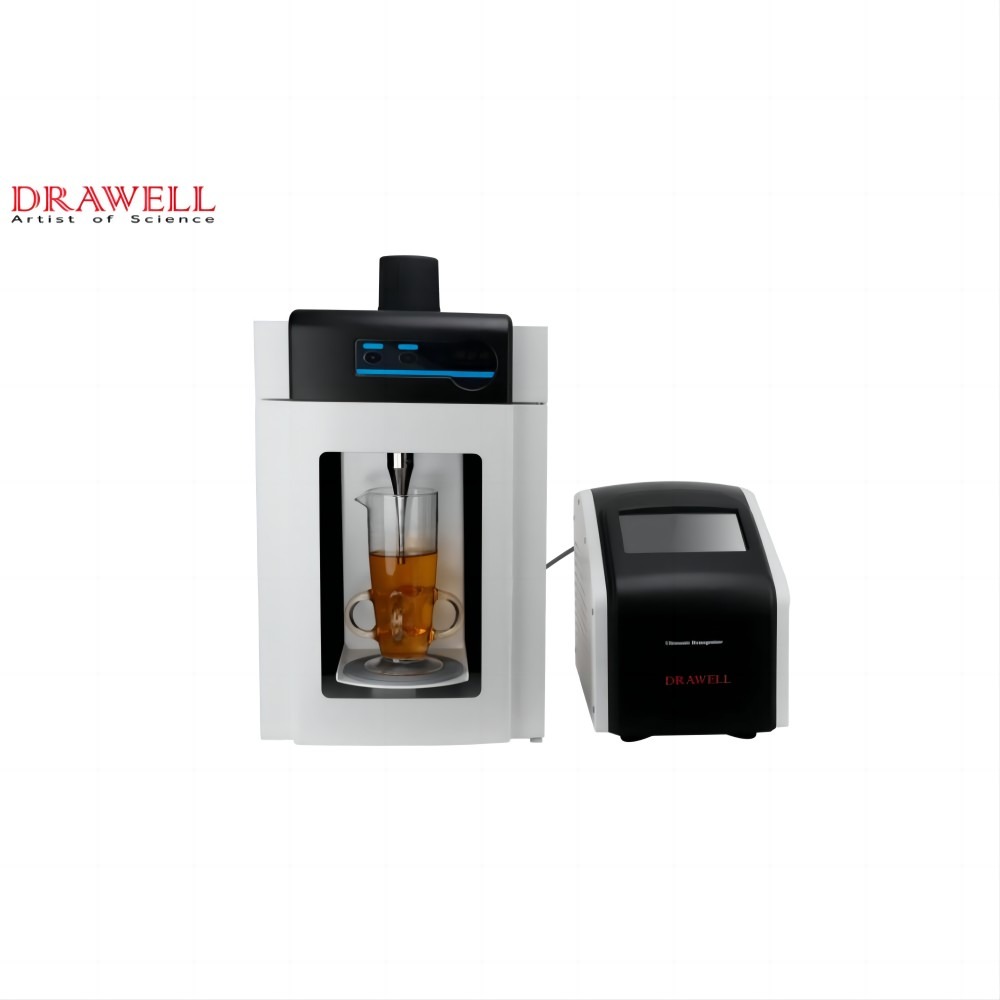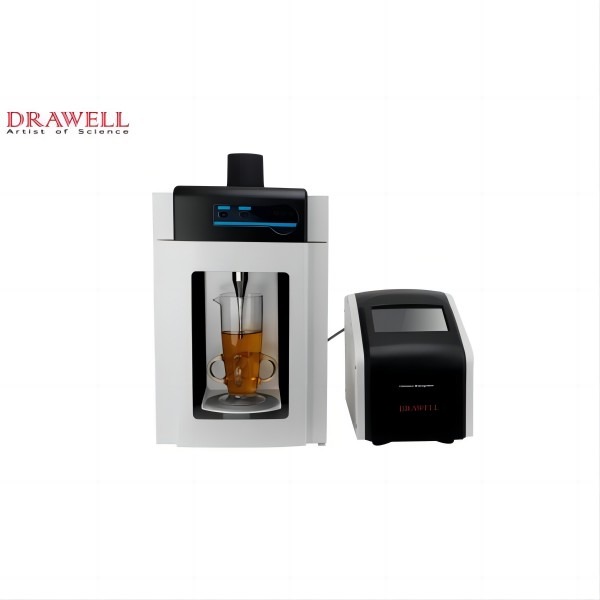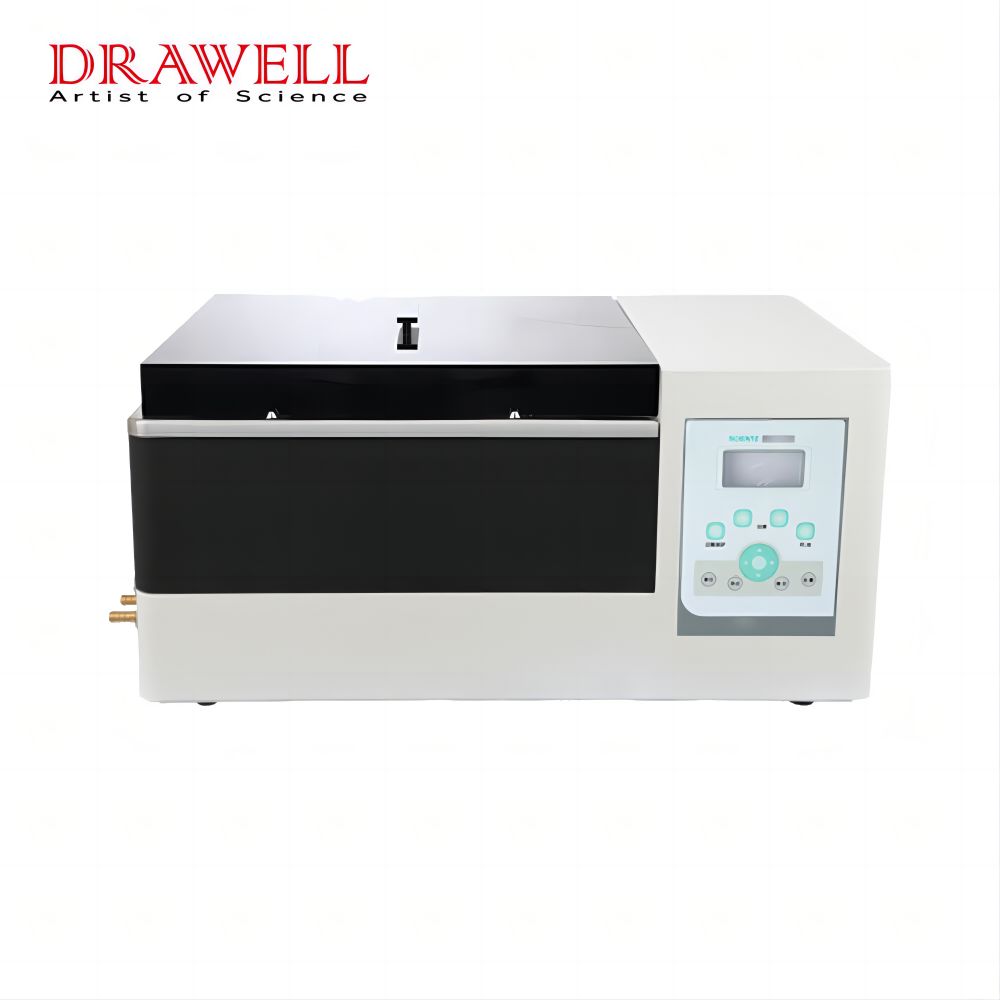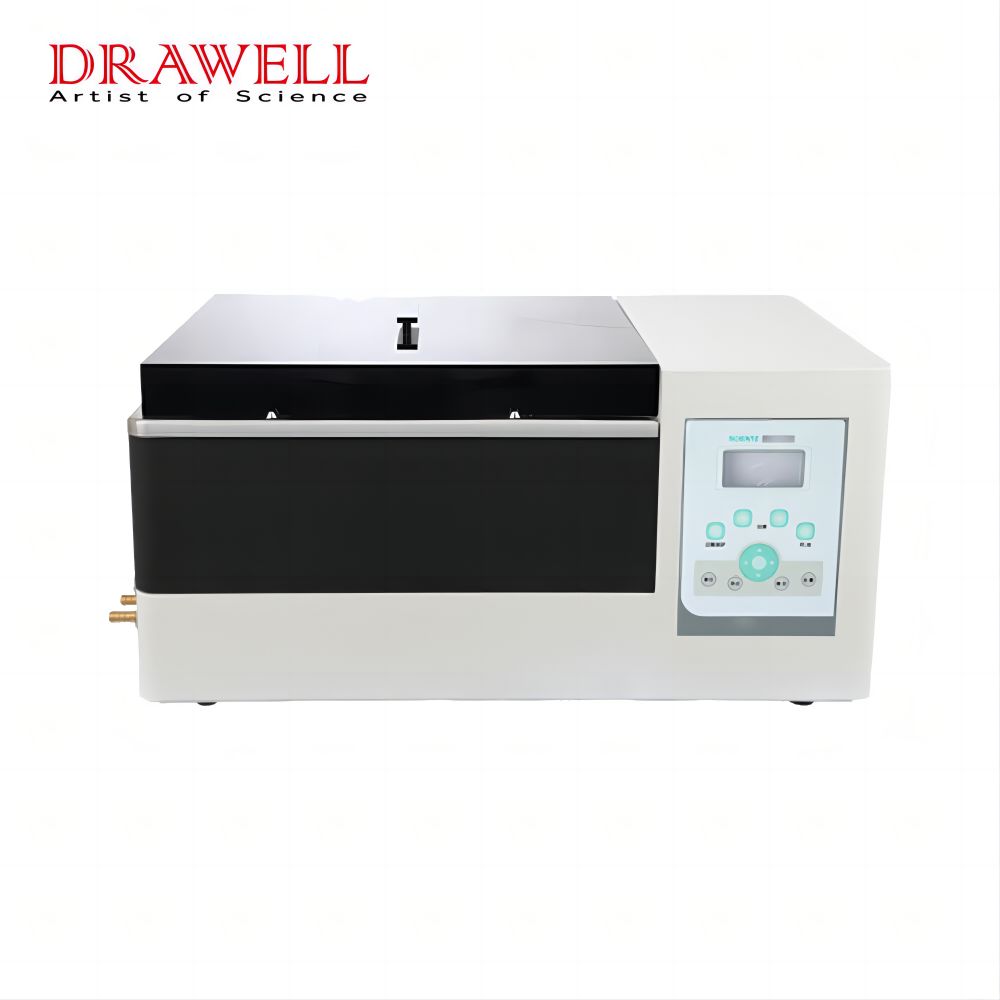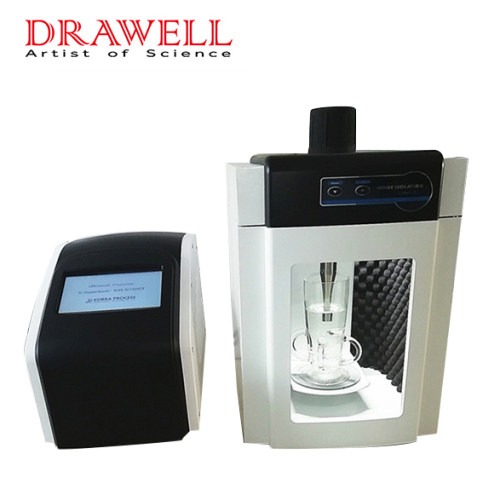Ultrasonic homogenizers, used in laboratories and industry for cell disruption, nanoparticle dispersion, and other applications, are essential for efficiently breaking down particles and mixing substances. Like any equipment, a ultrasonic homogenizer may encounter technical issues that can disrupt laboratory work or production processes. Understanding how to troubleshoot these common issues can help maintain the longevity, ensuring smooth operation and functioning at peak performance of a ultrasonic homogenizer.
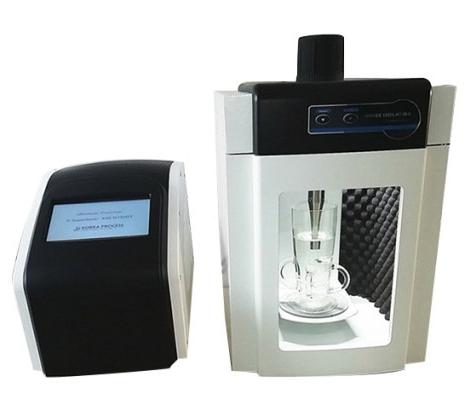
How Does the Ultrasonic Homogenizer Work
This chart summarizes the essential steps involved in the operation of a ultrasonic homogenizer, highlighting their functionality and efficiency in various applications.
| Step | Description |
| 1. Power Supply | An electrical power supply provides energy to the ultrasonic transducer. |
| 2. Ultrasonic Transducer | The transducer converts electrical energy into mechanical vibrations at ultrasonic frequencies (20 kHz to several MHz). |
| 3. Probe/Horn | The mechanical vibrations are transmitted through a metal probe or horn immersed in the liquid sample. |
| 4. Wave Propagation | Ultrasonic waves propagate through the liquid, creating alternating high and low-pressure cycles. |
| 5. Cavitation | During low-pressure cycles, microscopic bubbles form in the liquid; during high-pressure cycles, these bubbles collapse. |
| 6. Energy Release | The collapse of bubbles generates intense localized shear forces and high temperatures, facilitating the breaking apart of particles. |
| 7. Homogenization | This rapid energy transfer effectively mixes, emulsifies, or disperses particles and disrupts cellular structures. |
| 8. Parameter Control | Users can adjust parameters such as amplitude, frequency, and duration to optimize the homogenization process for specific applications. |

Typical Faults and Step-by-step Solutions for a Ultrasonic Homogenizer
1. Power Issues or Device Not Starting
If the ultrasonic homogenizer does not power on, this is typically due to an electrical or connection issue.
Troubleshooting steps
- Check the Power Supply and Cables: Ensure the power cord is securely plugged in and that the power outlet is functioning. Try a different outlet to rule out any issues with the socket.
- Inspect the Power Switch: Ensure that the power switch is in the “on” position and functioning properly.
- Examine Internal Fuses: Some homogenizers are equipped with internal fuses that can blow if there is an electrical surge. Refer to the user manual to locate and check the fuses, replacing them if necessary.
2. Reduced Efficiency or Power Output
If the ultrasonic homogenizer seems to be less effective than usual, it may be due to wear on critical components, improper settings, or residue buildup.
Troubleshooting steps
- Inspect the Probe (Horn) for Wear and Tear: The probe transfers ultrasonic energy, and any damage, corrosion, or wear can impact performance. Replace the probe if it shows visible signs of wear.
- Clean the Probe Regularly: Build-up of sample residue can reduce energy transfer. Clean the probe thoroughly with an appropriate solvent or ultrasonic cleaner.
- Adjust Frequency and Amplitude Settings: Incorrect settings can affect homogenizer performance. Consult the user manual for optimal settings and adjust accordingly.
3. Overheating Issues
Ultrasonic homogenizers may overheat if operated continuously for long periods, as the energy output generates heat. Overheating can affect performance and potentially damage the device.
To prevent and troubleshoot overheating
- Ensure Proper Ventilation: Ensure there is adequate airflow around the device. Keep it in a well-ventilated area and avoid covering any vents or fans.
- Limit Operation Time: Running the homogenizer for extended periods without breaks can cause overheating. Use pulse mode if available, or operate in short bursts.
- Check Cooling Fans: If your device has built-in fans, confirm they are running properly. Malfunctioning fans may need replacement to prevent overheating.
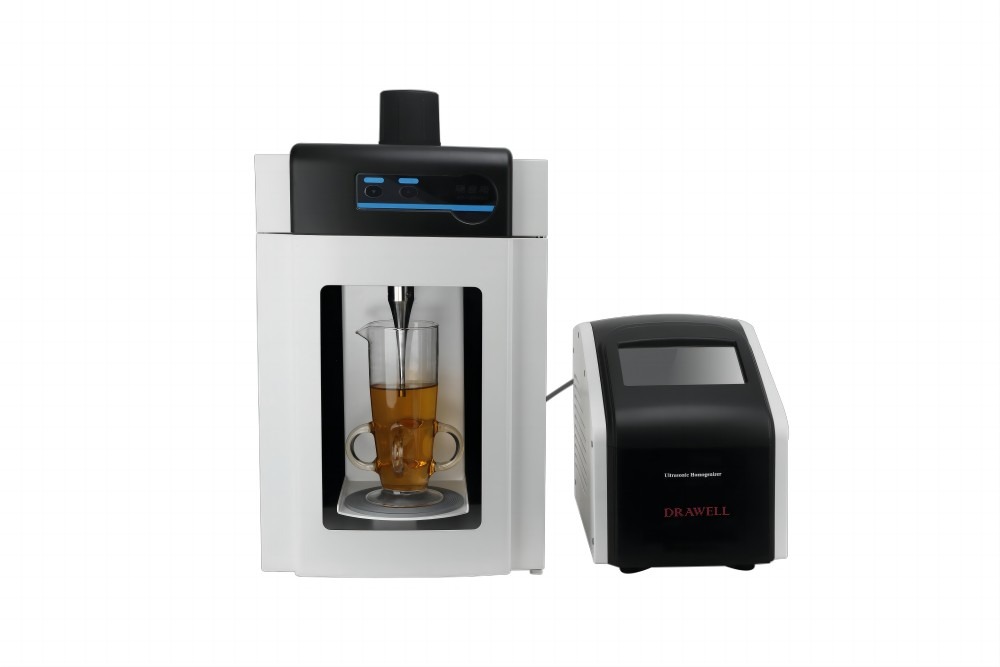
4. Unusual Noise or Excessive Vibration
Unexpected noises or excessive vibration could indicate loose components or mechanical issues within the ultrasonic homogenizer.
Troubleshooting steps
- Tighten the Probe: The probe must be securely attached to the transducer. Vibration often occurs when the probe is not properly tightened.
- Inspect the Transducer: Loose or damaged components inside the transducer can create noise. If tightening does not resolve the issue, consult a technician or the manufacturer for inspection.
- Check for Loose Parts: Internal components may loosen over time. Carefully open the casing (if permissible) to inspect and secure any loose parts.
5. Display Malfunctions or Error Codes
Modern ultrasonic homogenizers often have digital displays that may show error codes if there is an issue.
Troubleshooting display or error code problems
- Refer to the User Manual: Each model will have specific error codes and troubleshooting steps in the manual. Common error codes might indicate overheating, improper frequency settings, or power issues.
- Reset the Device: If there is no specific error code but the display malfunctions, try a soft reset. Unplug the device, wait a few minutes, and then restart it to clear temporary errors.
- Contact Technical Support: If error codes persist or are unclear, contact the manufacturer’s technical support for advice. Persistent display issues could indicate internal circuitry problems.
6. Inconsistent or Poor Sample Homogenization
If the samples are not homogenizing consistently, the issue may be with the probe or the technique.
Troubleshooting steps
- Verify Probe Positioning: The position of the probe within the sample container can affect efficiency. Make sure the probe is not too close to the container walls or bottom, as this can reduce energy transfer.
- Use the Right Container: A container that is too large can dilute the energy and reduce homogenization efficiency. Use a container size that matches the probe and sample volume.
- Check for Sample Compatibility: Not all samples respond equally to ultrasonic homogenization. For challenging materials, adjusting frequency or amplitude settings or pre-treating samples may improve results.
7. Troubleshooting Persistent Leaks or Seal Failures
A ultrasonic homogenizer relies on tightly sealed components to contain samples. Leaks can affect performance and damage components.
Addressing leaking or seal issues
- Inspect Seals and Gaskets: Examine seals for wear or cracks and replace them if necessary. Regularly check gaskets, especially on components exposed to harsh solvents or high temperatures.
- Tighten Connections: Ensure that all connections, including the probe and any sample container attachments, are securely fastened.
- Use Compatible Cleaning Solutions: Some cleaning solutions can degrade seals over time. Use only manufacturer-recommended cleaning agents to avoid damaging seals and gaskets.
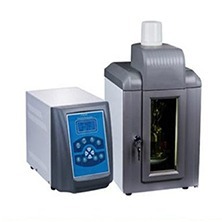
Maintenance Tips to Prevent Common Faults with a Ultrasonic Homogenizer
This chart provides a clear overview of essential maintenance practices to help keep ultrasonic homogenizers functioning effectively and to minimize common faults.
| Maintenance Tip | Description |
| Routine Cleaning | Clean the probe and sample container thoroughly after each use to prevent residue build-up. |
| Inspect Wear-Prone Components | Regularly check the probe, seals, and gaskets for signs of wear and replace them as needed. |
| Test and Calibrate | Periodically test and calibrate the device to ensure accurate operation and optimal performance. |
| Follow Operating Guidelines | Adhere to the manufacturer’s guidelines, including recommended operating times and settings to prevent overheating. |
| Check Power Connections | Ensure power cords and connections are intact and free from damage to avoid power issues. |
| Monitor Cooling System | Regularly inspect and clean cooling fans and vents to ensure proper airflow and prevent overheating. |
| Limit Continuous Operation | Avoid running the homogenizer continuously without breaks to reduce overheating risks. |
| Use Appropriate Containers | Select containers that match the probe size and are suitable for the samples to ensure effective homogenization. |
| Document Usage and Issues | Keep a log of usage, maintenance, and any issues encountered for easier troubleshooting in the future. |
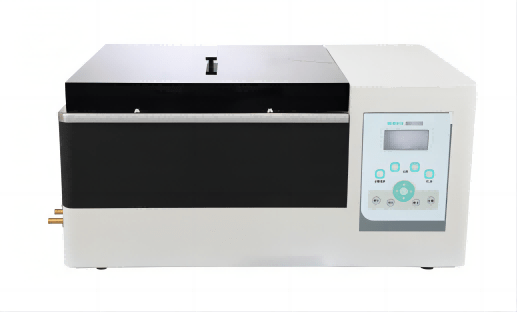
Overall, understanding and troubleshooting common faults with ultrasonic homogenizers can keep your device running effectively, From addressing power issues to ensuring effective sample homogenization, proper troubleshooting and maintenance are key to maximizing the performance of your ultrasonic homogenizer.

